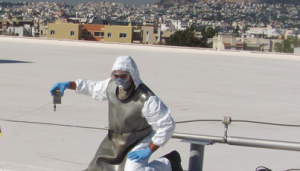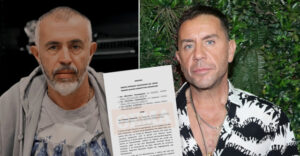Small quantities of radioactivity were detected in the atmosphere of our country, as announced by the Greek Atomic Energy Commission (GAEC).
According to the Commission, the quantities are considered to be extremely small and were detected between the September 27th and October 5th. In particular, it is the isotope, ruthenium-106 (Ru-106) and its source is unknown.
Similar findings have been reported in recent days by other European countries, such as Italy, Switzerland, Germany, Finland, Austria and Slovenia.
According to the GAEC, these are unexpected findings, which, although not of any radiological significance, need to be further investigated to determine their source of origin.
The measurements of the GAEC and the national network of collaborating laboratories detected traces of ruthenium-106 in the atmosphere at very low concentrations, less than five millimeters of bequerel per cubic meter of air (mBq / m3).
According to the Greek Atomic Energy Commission, “They do not present the slightest risk to health or to the environment. As a result, no protection measures are required”.
GAEC transmitted the findings to the European Union and the International Atomic Energy Agency (IAEA), while measurements in the atmosphere of Greece continue.
Radioactivity levels in our country are monitored on a continuous and systematic basis through the national telemetric network, which has been in operation since 2000. The results of the measurements are available on the website of GAEC (www.eeae.gr) where it is also possible to connect with the EURDEP European Network for the Control of Radiation Levels in the European Union.
Ask me anything
Explore related questions





